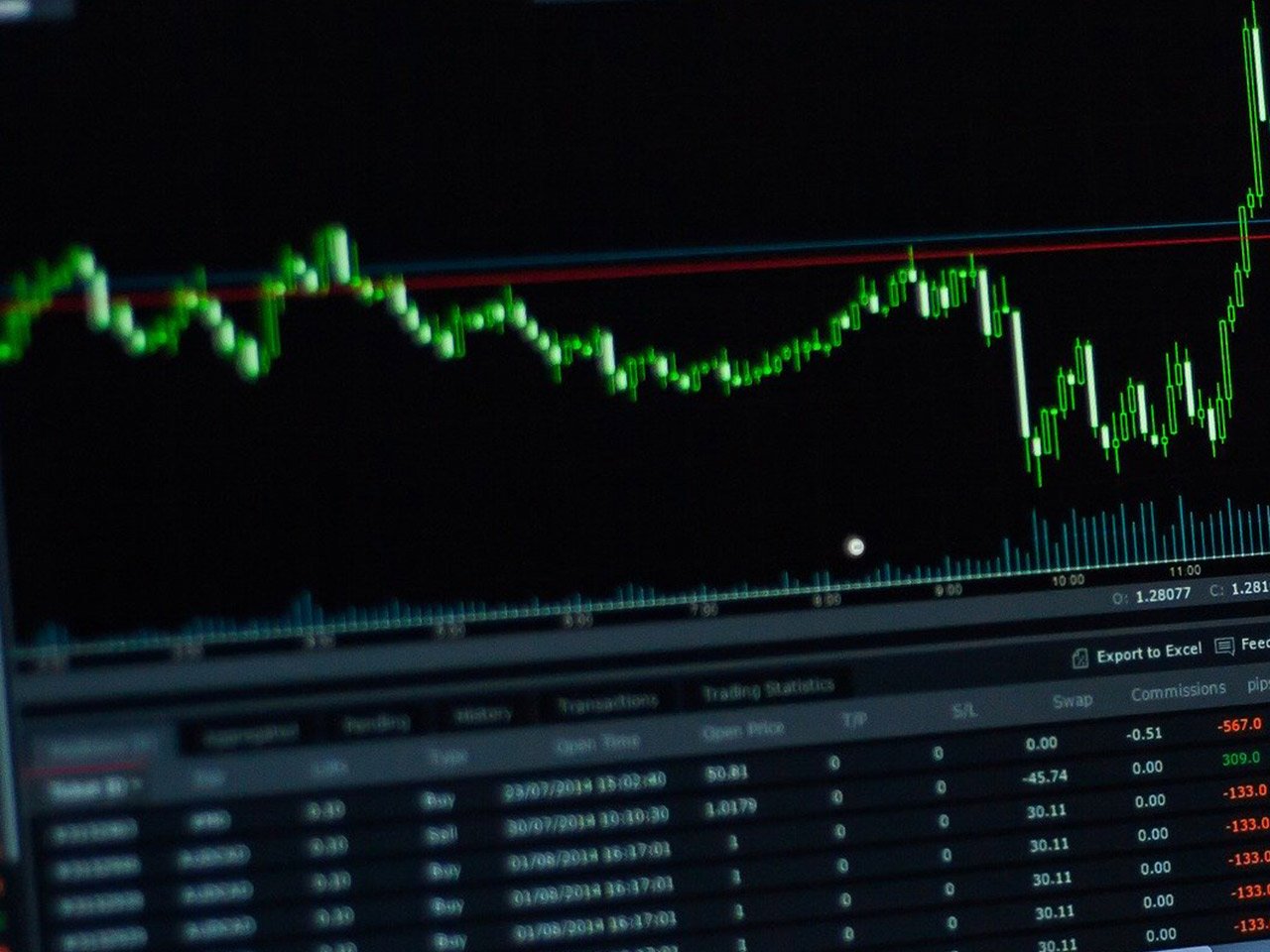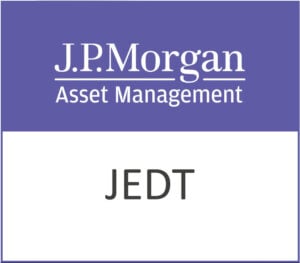HSBC Holdings PLC, a stalwart of British banking, continues to hold a significant position within the financial services sector, despite facing a range of market challenges. As one of the world’s largest diversified banks, HSBC’s operations span across wealth and personal banking, commercial banking, and global banking and markets. With a market capitalisation of $159.82 billion, the bank remains a key player in the global financial landscape.
As of the latest trading session, HSBC’s share price stands at 917.9 GBp, experiencing a slight dip of 4.90 GBp, or -0.01%. This positions the stock within its 52-week range of 625.80 to 970.00 GBp, reflecting the volatility investors have witnessed over the past year. However, the current price remains above both the 50-day and 200-day moving averages, suggesting a positive momentum in recent months.
One notable aspect of HSBC’s valuation is the absence of certain traditional metrics. The trailing P/E ratio and PEG ratio are not available, while the forward P/E appears strikingly high at 640.69. This peculiar scenario may prompt investors to question the sustainability of earnings growth and the potential for future profitability. It’s crucial to consider these factors when evaluating the stock’s long-term potential.
HSBC’s financial performance has faced headwinds, with revenue growth declining by 11.00%. Despite this, the bank has managed to maintain a return on equity of 10.13%. This demonstrates its ability to generate a respectable return on shareholders’ equity, even amidst challenging market conditions. The bank’s earnings per share (EPS) of 0.76 further highlights its capacity to deliver earnings, albeit with areas for improvement.
Dividend-seeking investors may find HSBC’s yield of 5.45% attractive, supported by a payout ratio of 63.79%. This indicates a commitment to returning value to shareholders, although the relatively high payout ratio suggests limited room for increasing dividends without substantial earnings growth.
Analyst sentiment towards HSBC is mixed, with six buy ratings, eleven hold ratings, and one sell rating. The average target price of 961.70 suggests a potential upside of 4.77%, offering a modest yet positive outlook for investors considering a position in the stock. The target price range between 805.67 and 1,159.49 further illustrates the varied expectations among analysts regarding the bank’s future performance.
Technical indicators present a mixed picture. The Relative Strength Index (RSI) of 75.85 indicates that the stock is entering overbought territory, suggesting that a price correction could be on the horizon. However, the Moving Average Convergence Divergence (MACD) line, currently at 12.84 compared to the Signal Line at 16.61, may indicate ongoing positive momentum.
HSBC’s expansive global operations position it well to capitalise on international banking opportunities, despite the current hurdles. The bank’s comprehensive services across personal, commercial, and global banking segments enable it to serve a diverse clientele, from high-net-worth individuals to corporates and government clients.
Founded in 1865, HSBC’s longstanding history provides a solid foundation, yet the bank must adeptly navigate regulatory changes, geopolitical tensions, and economic fluctuations to sustain its growth trajectory. For investors, HSBC Holdings PLC represents a complex investment opportunity, balancing potential rewards with intrinsic challenges. As always, careful analysis and consideration of both macroeconomic factors and company-specific dynamics are essential when evaluating HSBC’s place in an investment portfolio.










































